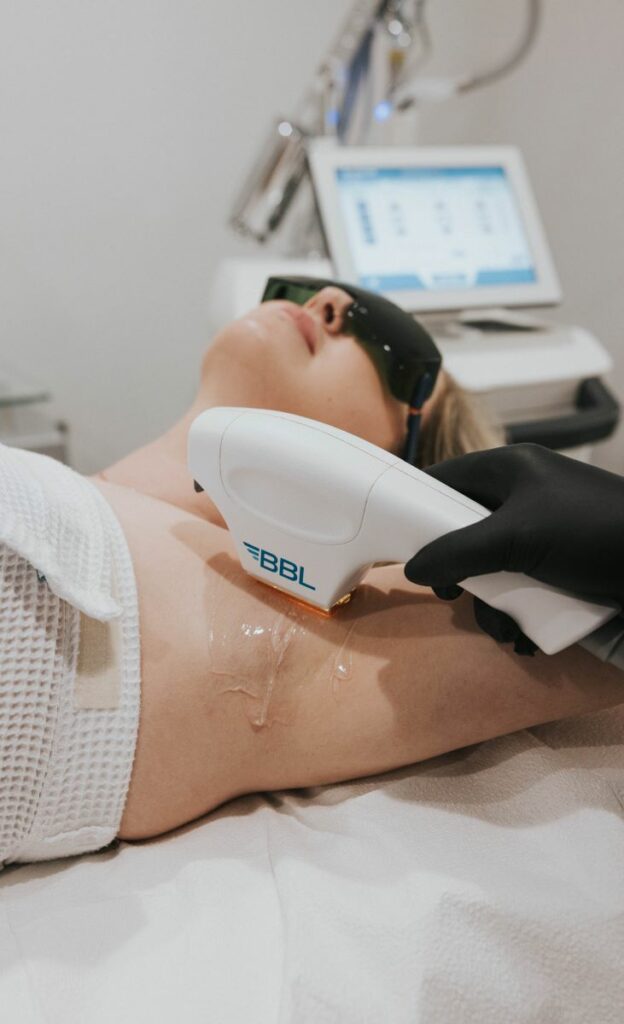Laser Hair Removal with Sciton BBL
Laser hair reduction has become a popular choice for achieving smooth, hair-free skin with long-lasting results. Among the various technologies available, Sciton’s BroadBand Light™ (BBL) stands out as a top choice for many individuals seeking effective hair removal.
Why Choose the Sciton BBL for Hair Removal?
Advanced Technology: Using cutting-edge BroadBand Light™ technology, which encompasses a range of wavelengths. This allows the device to target different hair colors and types more effectively than single-wavelength lasers. The versatility of BBL ensures that it can accommodate various hair and skin types, making it a suitable option for a broader range of patients.
Precision: The BBL technology offers precise targeting of hair follicles. By delivering pulses of light energy to the melanin (pigment) in the hair, BBL effectively damages the follicle and inhibits future hair growth. This precision reduces the risk of damage to surrounding skin tissues, enhancing both safety and efficacy.
Speed: Sciton BBL provides rapid treatments due to its large treatment area and efficient energy delivery. Patients can expect shorter session times, which is particularly beneficial for treating larger areas like the legs or back.
Comfort: BBL treatments are known for their relatively low discomfort levels. The technology often includes a built-in cooling system that helps to minimize heat sensation during the procedure.



